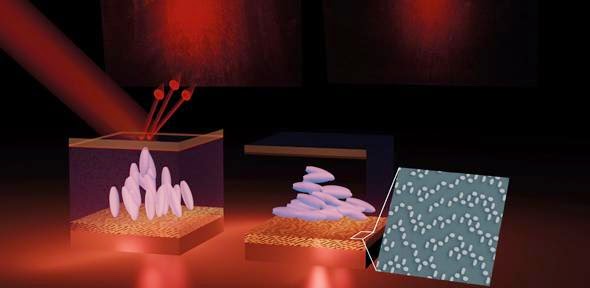Researchers from
the University of Cambridge have designed a new type of pixel element and
demonstrated its unique switching capability, which could make
three-dimensional holographic displays possible. Real-time dynamic holographic
displays, long the realm of science fiction, could be one step closer to
reality, after researchers from the University of Cambridge developed a new
type of pixel element that enables far greater control over displays at the level
of individual pixels. As opposed to a photograph, a hologram is created when
light bounces off a sheet of material with grooves in just the right places to
project an image away from the surface. When looking at a hologram from within
this artificially-generated light field, the viewer gets the same visual
impression as if the object was directly in front of them.
Currently, the
development of holographic displays is limited by technology that can allow
control of all the properties of light at the level of individual pixels. A
hologram encodes a large amount of optical information, and a dynamic
representation of a holographic image requires vast amounts of information to
be modulated on a display device. A relatively large area exists in which
additional functionality can be added through the patterning of nanostructures to
increase the capacity of pixels in order to make them suitable for holographic
displays. Normally, devices which use plasmonic optical antennas are passive, which
is essential for real-world applications. Through integration with liquid
crystals, in the form of typical pixel architecture, the researchers were able
to actively switch which hologram is excited and there which output image is
selected.
More
information:
